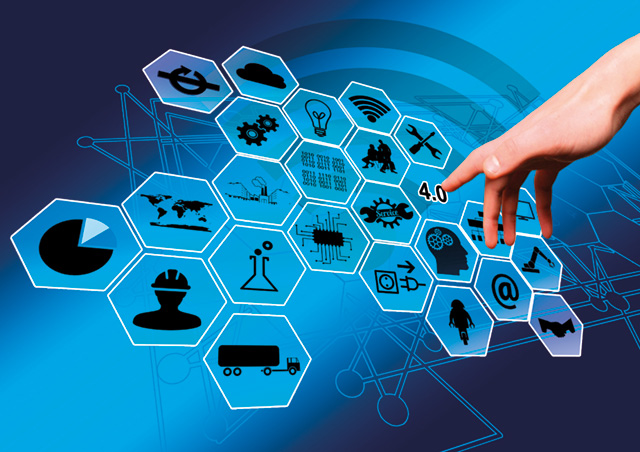
Adopting a connected field service approach to maintenance can help manufacturers save time in predicting and remedying issues with their plant and machinery, says Colin Crow, Managing Director of Nexer UK.

The manufacturing industry is facing a plethora of external challenges; supply chain disruptions, labour shortages and vast globalisation are among those at the top of many lists. Against the backdrop of vast international competition, these external factors have undoubtedly created heightened pressures for manufacturers to outperform their counterparts.
The role of AI in building machine efficiencies
Artificial intelligence and the Internet of Things (IoT) are fundamentally redesigning the manufacturing landscape by equipping manufacturers to reassess their current processes and build long-term competitive advantages that enable them to adapt to current and future challenges.
When considering potential areas for operational improvement and productive efficiency gains, manufacturers should not underestimate the impact of their machinery and internal equipment – particularly with regards to maintenance and malfunctions.
Not only does infrequent routine maintenance and the inability to put operations back online cause an immediate and frustrating end to productivity, but it also creates time consuming and costly delays that give an opportunity for competitors to bypass the manufacturer in question.
With the technicians and repairmen that are tasked with fixing machinery faults often being told the incorrect factory location, being relocated from one site to another and attending sites without cause, manufacturers should look to implement the concept of connected field service as a solution to these damaging inconsistencies.
Connected field service
Connected field service is powered by the Internet of Things and the cloud. When manufacturers utilise this technology, connected devices send information directly to service providers about the live condition of machinery and equipment.
As a result, technicians can determine any potential repair requirements without the manufacturer needing to make contact.
The benefits of AI and IoT
Time-efficient repairs
Usually, when a technician arrives on site to conduct machinery repairs, they must use outdated, jargon-heavy manuals to correctly identify the issue. After returning to the depot, attempting to locate the essential parts and returning to the client site to begin the repair work, a vast amount of valuable time has been wasted.
Even then, the technician may have to revisit the site to finish the work if parts were unavailable. For a process that could take weeks to resolve, these inefficiencies can create a damaging impact for manufacturers.
Competitive advantages are paramount, and that is where AI thrives. The unlimited access to machine details and data shared between connected devices enables field workers to prepare for the course of action prior to arrival, providing a welcome change from the usually protracted process.
What is predictive maintenance?
In practice, connected equipment is fitted with multiple sensors that transmit data in real time to be connected to a work order management software. These algorithms allow field workers to monitor manufacturing equipment and anticipate when breakdowns will occur, boosting their productivity and achieving what is known as ‘predictive maintenance’.
Predictive maintenance processes can be completely automated, so if an irregularity occurs within the usual functioning of a connected machine, the issue can be immediately resolved through self-healing. Against the backdrop of mass digital transformation, it is understandable that manufacturing leaders have not prioritised this technology.
However, it is now clear to see that these highly intelligent processes can transform a company’s accuracy, time-management, productivity, and overheads – key factors in building an advantage against competing manufacturers.
Productivity gains
Powered by AI, this approach uncovers a wealth of information that allows technicians to immediately begin working on flawed machinery and monitor equipment disturbances before manufacturers are aware that there is a problem to report. By focusing field workers’ attention on only the most productive tasks, manufacturers are supported to do the same.
Although AI is yet to attain human-like cognition, the artificial neural networks that replicate this technology will only continue to evolve. So, not only are the benefits of AI and IoT evident throughout day-to-day manufacturing operations, but they also provide a guaranteed ally for external support and competitive pressures, all while developing a greater return on investment over time.
www.nexergroup.com | t: +44 (0)1625 427718

